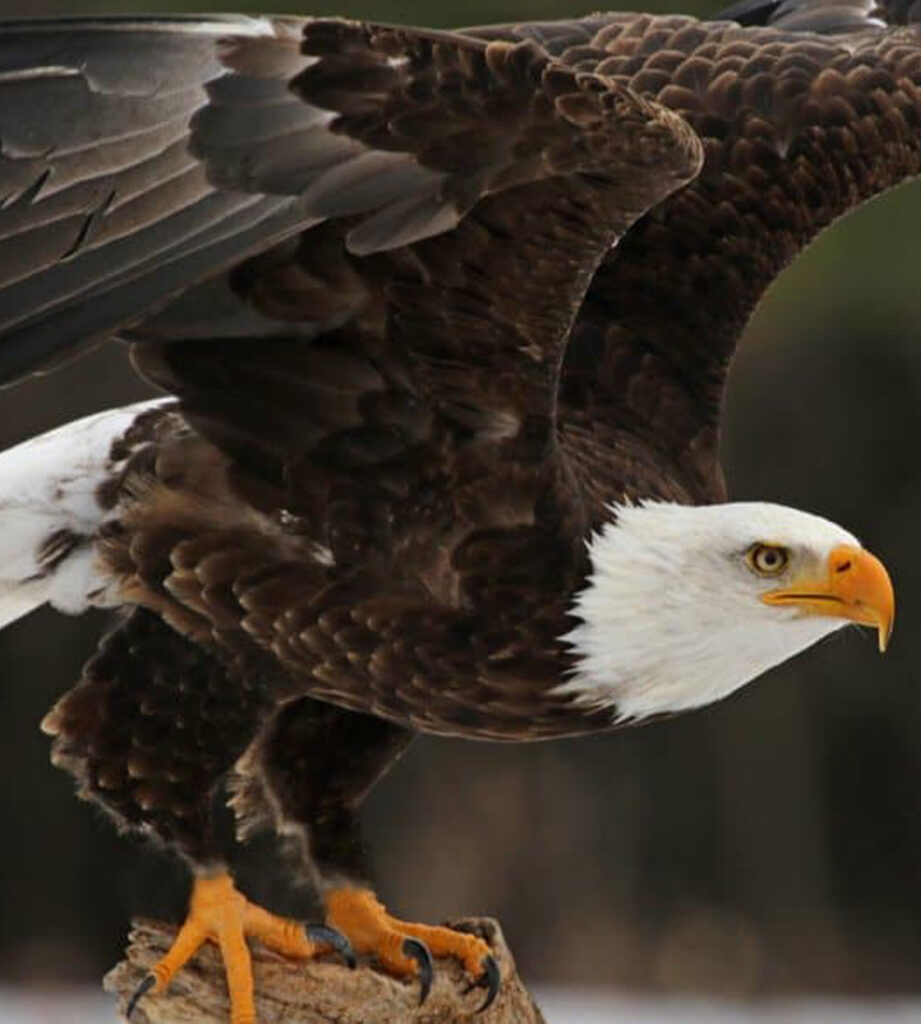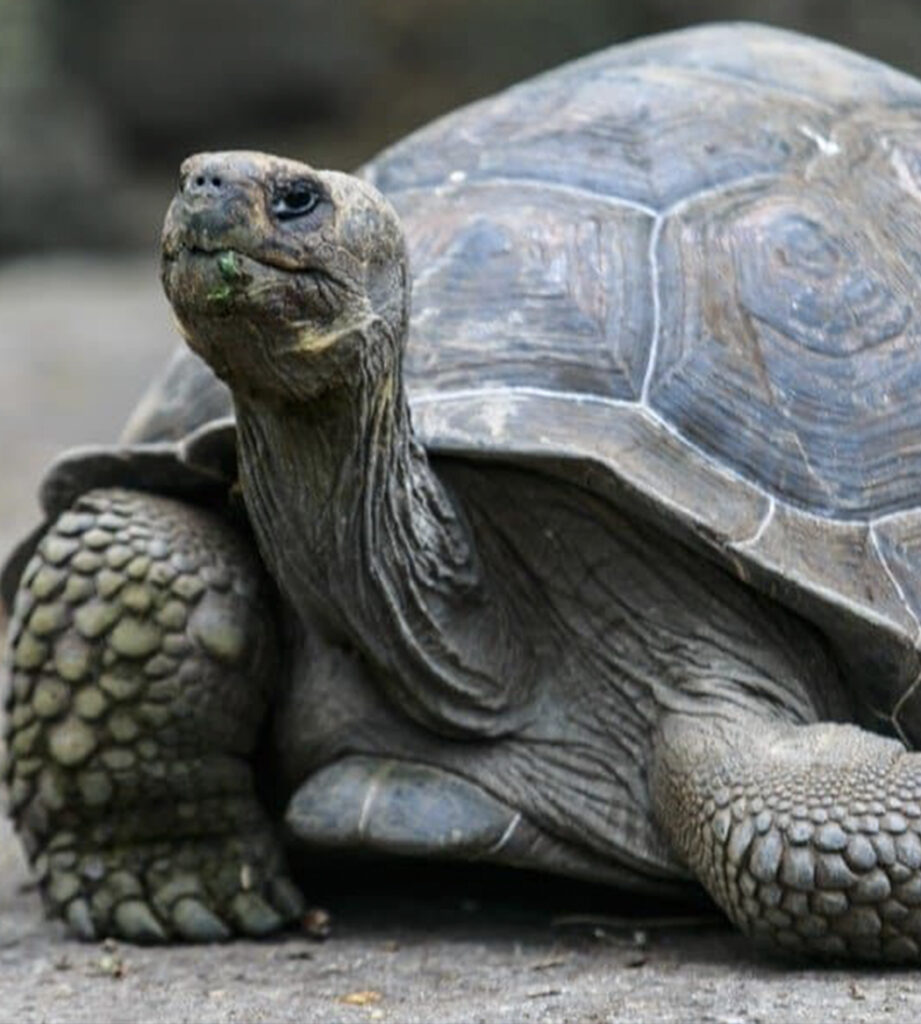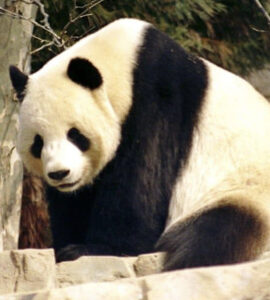01 Oct Animals brought back from extinction
A mass extinction is a short period of geological time in which a high percentage of biodiversity, or distinct species—bacteria, fungi, plants, mammals, birds, reptiles, amphibians, fish, invertebrates—dies out. In this definition, it’s important to note that, in geological time, a ‘short’ period can span thousands or even millions of years.
The planet has experienced five previous mass extinction events, the last one occurring 65.5 million years ago which wiped out the dinosaurs from existence. Experts now believe we’re in the midst of a sixth mass extinction.
The other five extinctions in Earth history have been caused by dramatic natural causes. This sixth one is human induced. Unlike previous extinction events caused by natural phenomena, the sixth mass extinction is driven by human activity, primarily (though not limited to) the unsustainable use of land, water and energy use, and climate change.









Sorry, the comment form is closed at this time.